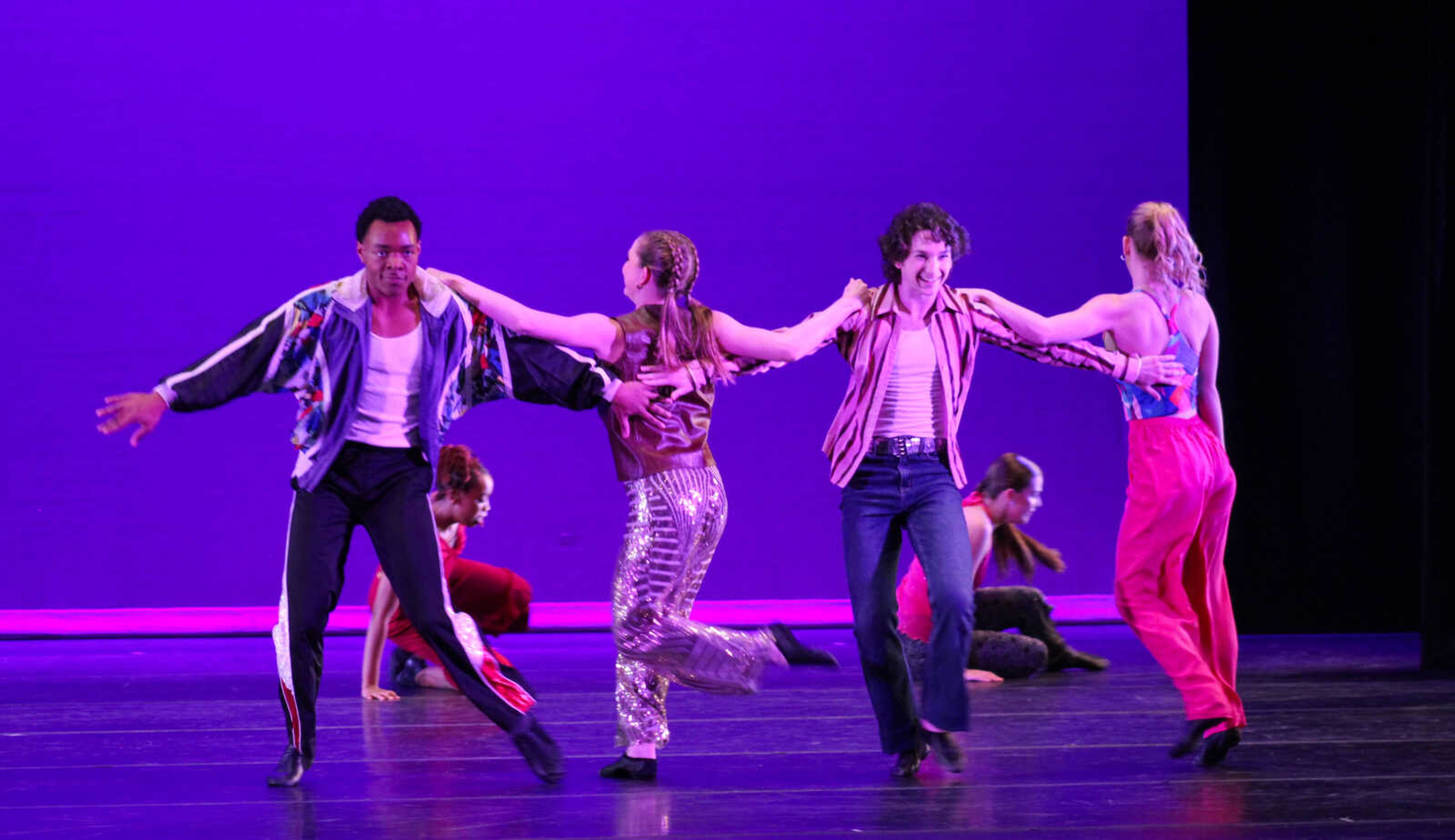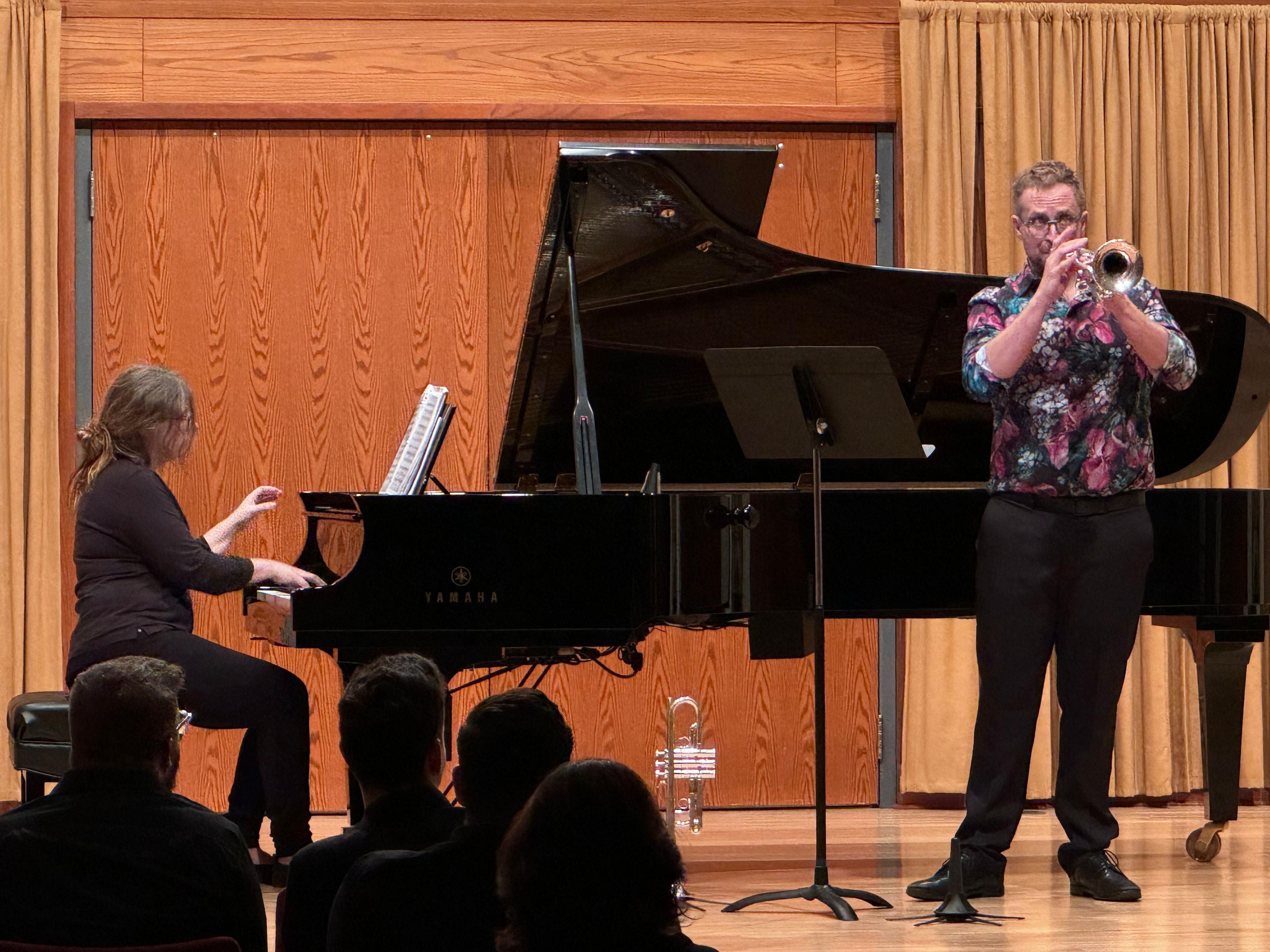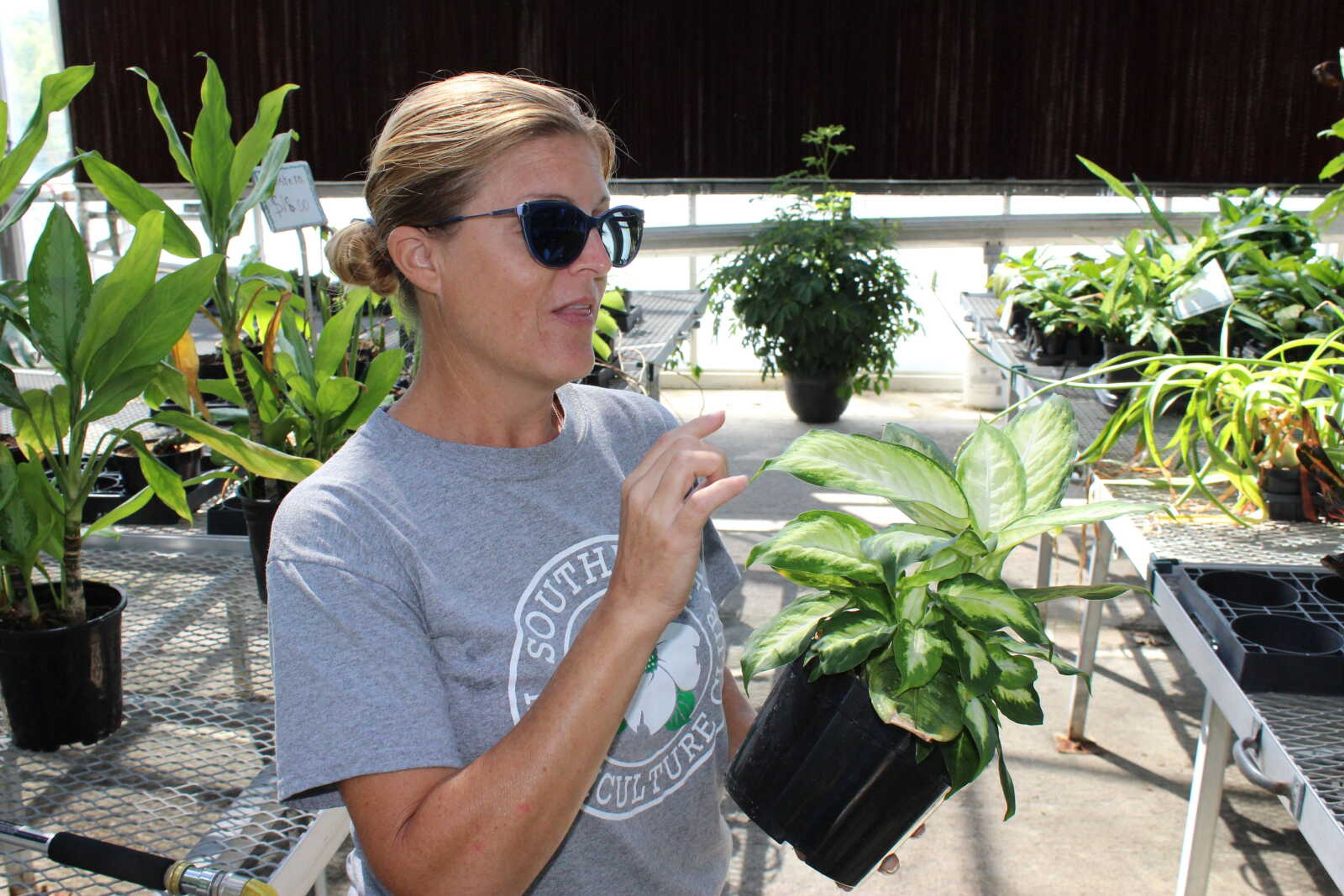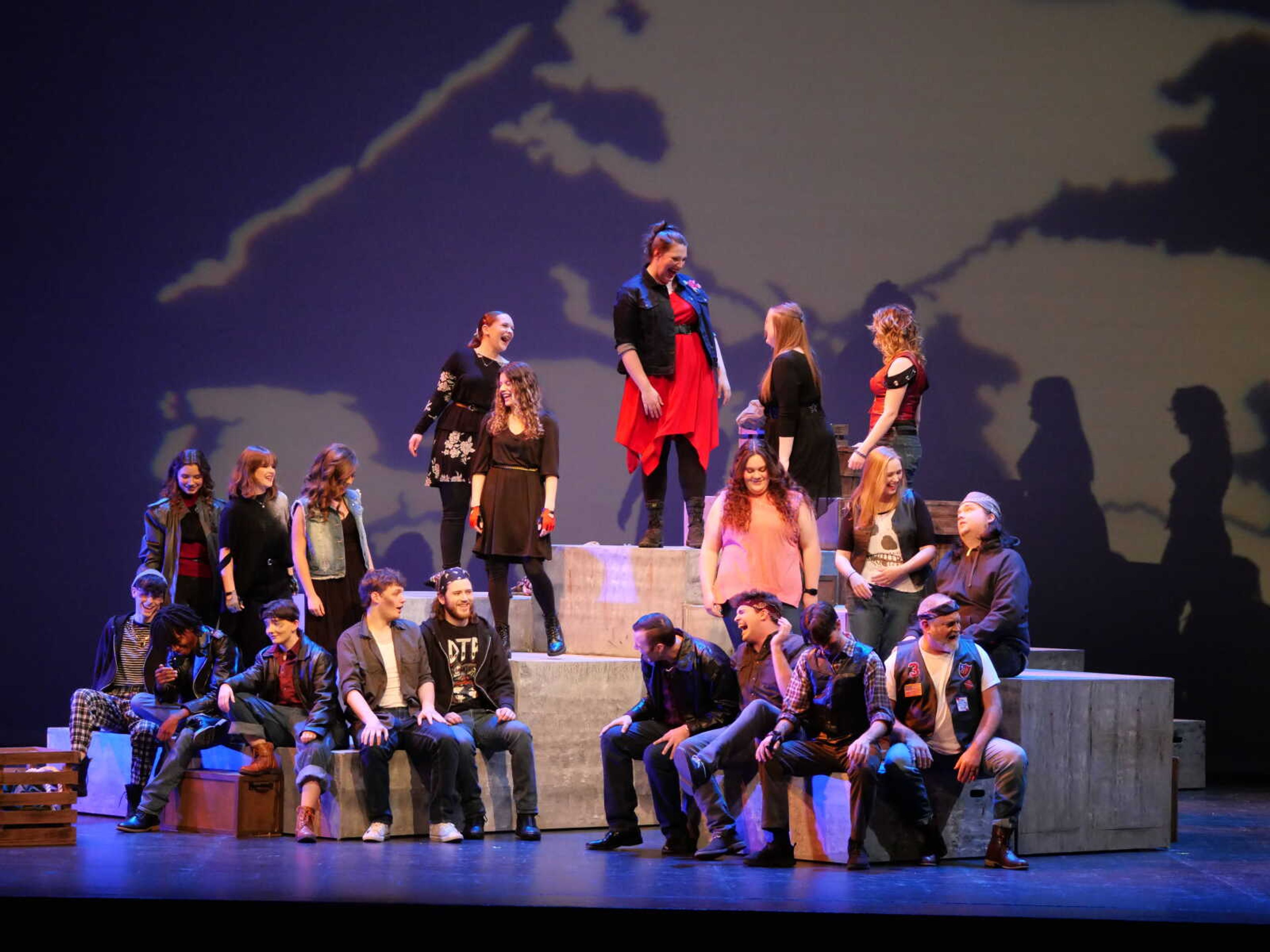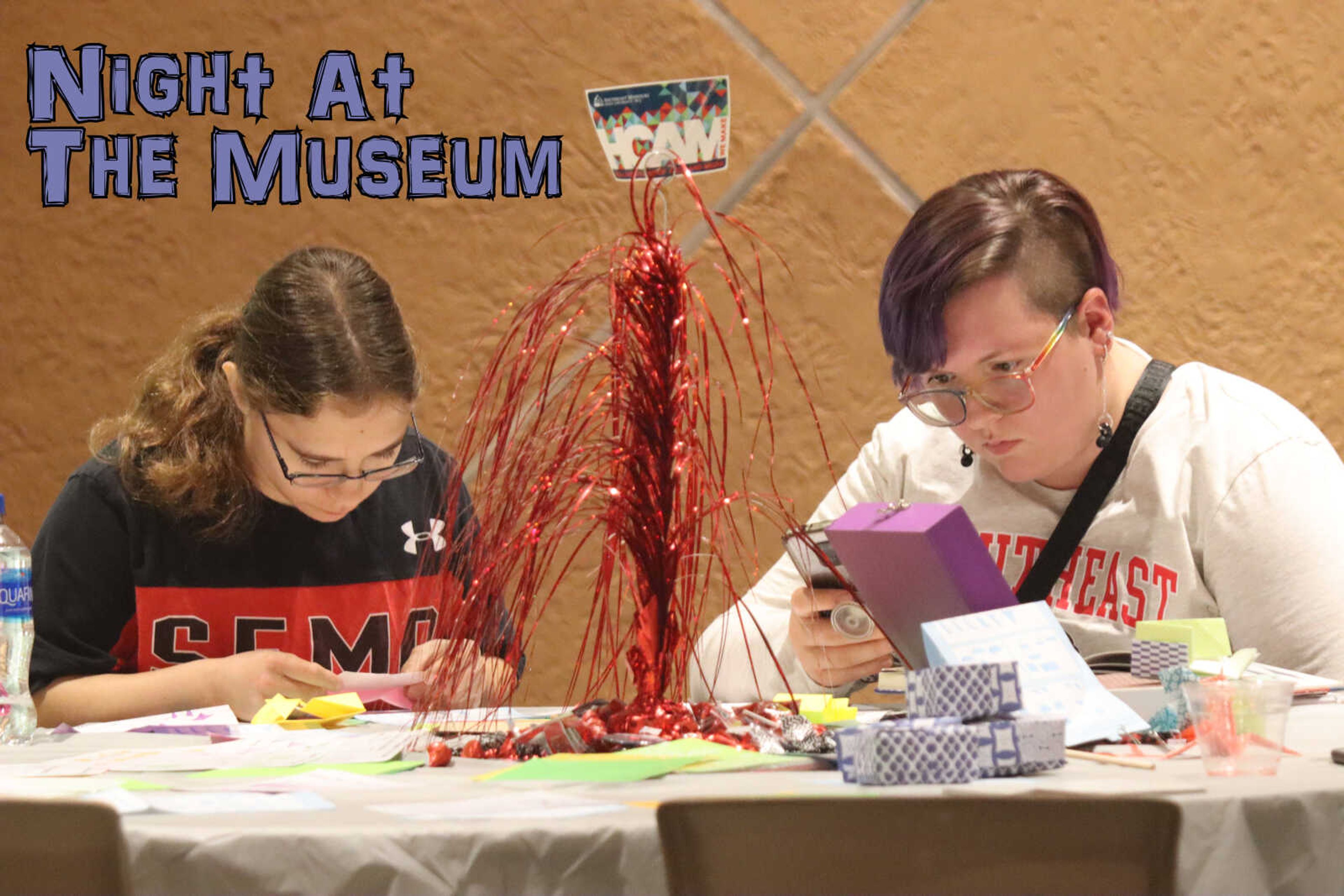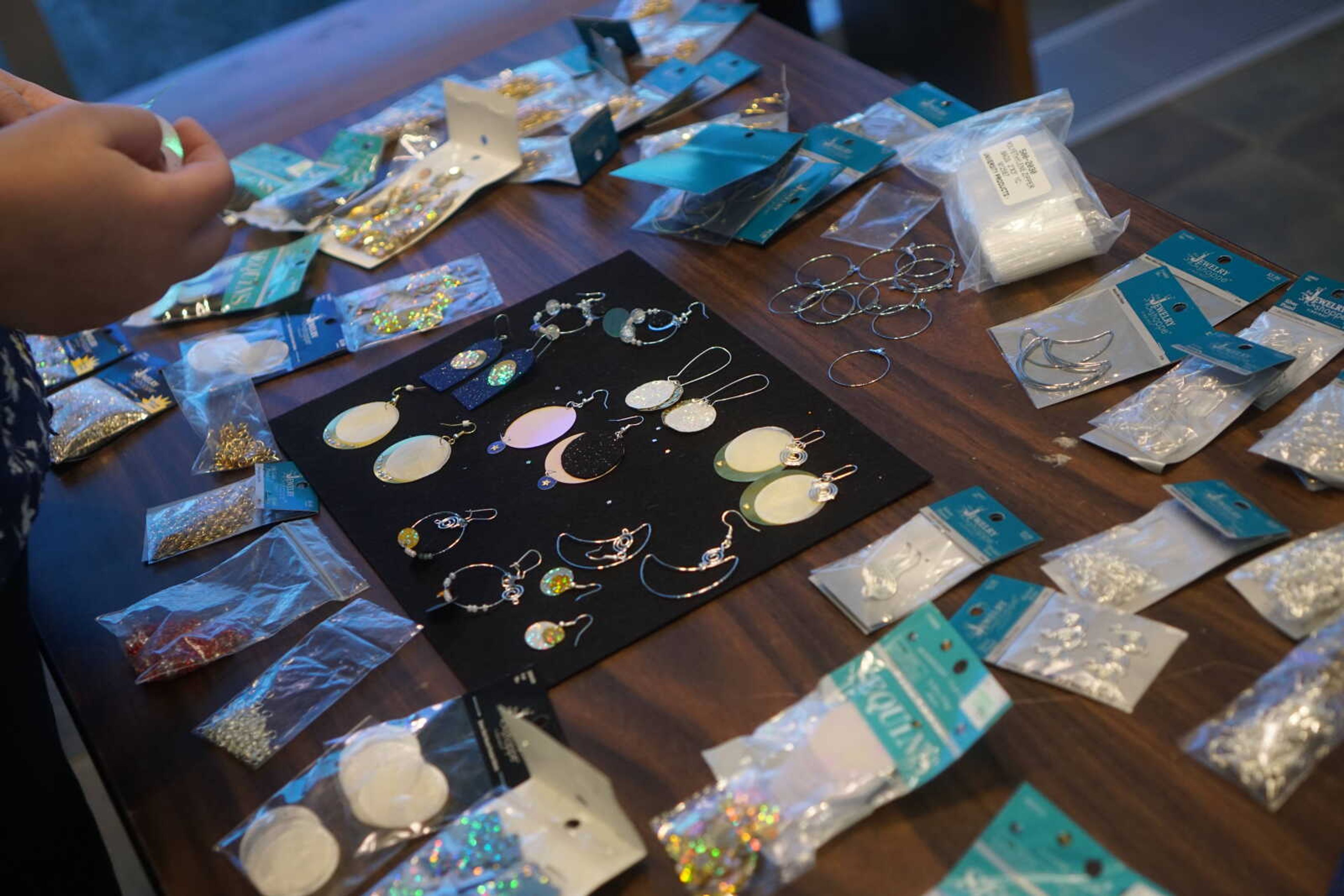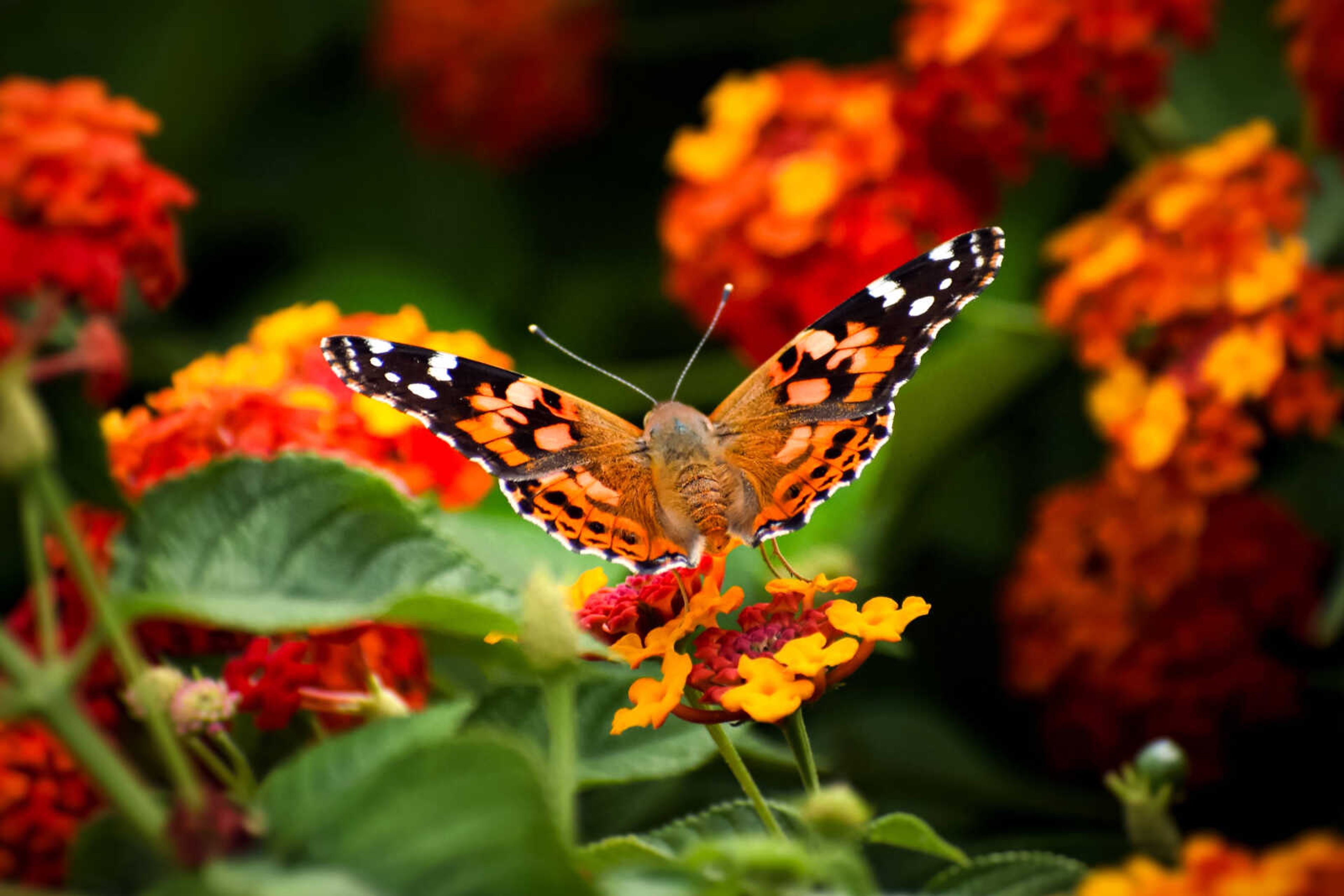Nearly 40 community members gathered downtown on Thursday night at the Arts Council of Southeast Missouri for their last ‘Red Light Night’ of the year. The council is in their 5th semester of the speaker series, which features conversation starters on controversial topics through professional presentations.
This semester’s theme focused primarily on the environment, with “Wilderness as Art” as the main topic of the night. Retired professor of biology at Southeast Missouri State University, Dr. Allen Gathman discussed conservation as an art form, and ultimately presented the idea that true wilderness has not existed since the birth of our species.
At the start of the presentation, Gathman addressed the full house.
“I’m very impressed by the turnout. This is great! Or daunting. One or the other,” Gathman said.
Gathman’s lecture required a bit of audience participation.
“What is a wilderness and how do they have value for us?,” Gathman asked.
Some audience members suggested that it is something that grows on it’s own. Some said that it was untouched by humans, a place left to grow unchecked, or a source of regeneration.
He pulled up a picture called ‘A Storm in the Rocky Mountains, Mt. Rosalie’, painted by Albert Bierstadt. The painting shows a staggering piece of a mountain range, an oncoming storm, and a group of Native American hunters at work in the foreground. He says the painting explains the development of the modern attitude that wilderness is something that is desirable.
“For most of human history, wilderness was not something you sought out, it was a problem. It was, ‘Here’s all this space out here that is not doing anything useful for me, I need to tame this.’” Gathman said.
He asked the audience about art with the same treatment he did wilderness. Members shouted out that it was something about aesthetics, maybe pleasant, something that humans make to be seen by others, or that it’s self-expression.
He then showed a picture of Monopoly Marsh in the Mingo National Wildlife Refuge, and said it was a great place to look for birds. He also said it’s what Southeast Missouri looked like before the Little River Drainage Project.
“When you get down south to the Diversion Channel, there’s a bridge on I-55 and it’s flat down there. The reason it’s flat down there is because it was all old channels of the Mississippi and was swampland. The entire bootheel was. Around the turn of the 20th century, several people started a project to build a drainage system that would drain this land and make it farmable,” Gathman said.
He also pointed out that even before europeans got here, native americans weren’t simply living in harmony with the natural landscape. He said you could drive a horse and wagon from St. Loouis to Cape Girardeau through the woods, because they would set fire to forest areas annually to burn out litter and undergrowth without damaging large trees. It was a hunting method that modified the environment.
“So, there was never a time when North America had a natural wilderness untouched by humans, because prior to that, it was covered with ice. So in fact there never was a natural North America,” Gathman said.
He presented an artist’s depiction of the Garden of Eden, and shared the idea that as long as people have been around, they have been managing the planet as a garden.
“Paradise is a garden or a walled place, and now, paradise is wilderness, a mental image of this untouched place. So it’s kind of odd that we’ve come full circle in looking at that idea,” Gathman said.
He asked why we couldn’t just pick a place and just leave it alone, but listed several reasons why we couldn’t.
“One is that we’ve already screwed so much stuff up,” Gathman said.
He explained that the introduction of invasive species demolishes native ones. He said walled off places cannot be insulated from increasing temperatures and human pollution.
He said since we cannot leave nature alone anymore, we just have to take care of it.
‘It’s kind of like the Pottery Barn theory - if you break it you buy it. We now own all of this stuff. We are the gardeners of the planet. So what is it that we want to get out of these places that ‘ were going to designate or cutivate as wilderness?” asked Gathman.
Audience members suggested food, resources, or shelter. Gathman added species diversity, valuing constituencies like fishers and hunters, and retaining beauty were good goals to reach for. He said to achieve those goals, we should manage wild lands through fire control, water control, and species control.
“There isn’t an Eden to return to; that untouched wilderness was always touched. And so we have to make one of our own. And therefore, wilderness is art,” Gathman concluded.
‘Red Light Night’ at the arts council will continue in the Spring with a presentation on materiality in the arts on Feb.15 at 7 p.m.
